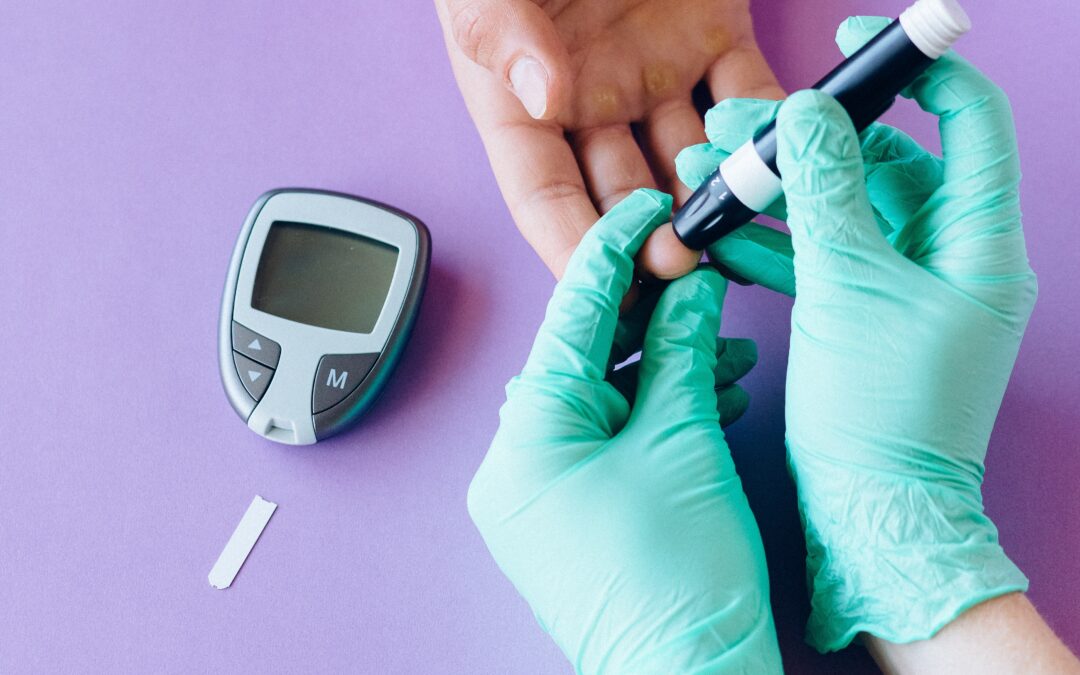This year, the national diabetes week runs from 10 – 16 July 2022. This year, the ‘Heads Up on Diabetes’ campaign, Diabetes Australia will be focusing on challenging diabetes related stigma.
Research conducted by the Australian Centre for Behavioural Research in Diabetes (ACBRD), found that four out of five people living with diabetes have experienced stigma at some point. This National Diabetes Week let’s have a conversation about the real impact diabetes stigma can have on a person’s mental and emotional wellbeing. (Source : Diabetes Australia 2022.)
What is diabetes?
According to the Australian Institute of Health and Welfare (AIHW), diabetes is a chronic condition marked by high levels of glucose in the blood. It is caused either by the inability of the body to produce insulin (a hormone made by the pancreas to control blood glucose levels) or by the body not being able to use insulin effectively, or both.
Glucose, also known as blood sugar, is the main source of energy for our bodies. Your blood glucose levels are normally controlled by a hormone called insulin, which converts glucose into energy. Diabetes occurs when the hormone insulin, which assists in the conversion process, is not produced, or is produced to insufficient amounts by the body. For diabetics, when they eat glucose (such as breads, cereals, fruits and starchy vegetables), it cannot, or it is inadequately converted to energy.
There are 4 types of diabetes:
Type 1 – Also known as juvenile diabetes, auto-immune diabetes.
Type 1 diabetes is an autoimmune disease. The immune system is activated to destroy the pancreatic cells, where insulin is produced. It’s unknown what triggers this destruction.
Type 2 – This occurs when the pancreas loses the capacity to produce enough insulin and the body’s cells respond poorly or become resistant to insulin. They then take in less sugar which causes glucose to build up in the blood.
Type 3 – Gestational diabetes – Potentially reversable
Gestational diabetes occurs during pregnancy but may resolve after the baby is delivered.
Type 4 – Pre-diabetes – Potentially reversable.
This is when the blood glucose levels are higher than normal, but not high enough for a diabetes diagnosis.
Symptoms
- Increased thirst
- Frequent urination
- Increased hunger
- Unexplained weight loss, despite normal eating habits.
- Fatigue
- Blurred vision
- Slow healing sores
- Numbness or tingling in the hands or feet
- Frequent and/or recurring infections
- Feeling dizzy
- Itchy skin
Risk Factors
Type 1
- Family history
- Environmental Factors
- The presence of damaging immune system cells (autoantibodies)
- Geography
Type 2
- Being overweight or obese
- Fat distribution. Storing fat mainly in your abdomen
- Physical Inactivity
- Family history.
- Race and ethnicity.
- Abnormal Blood lipid levels. (Low levels of HDL cholesterol and high levels of triglycerides)
- Prediabetes
- Pregnancy-related risks. (Gestational diabetes)
- Polycystic ovary syndrome.
- Areas of darkened skin, usually in the armpits and neck. This condition often indicates insulin resistance.
(Source : Mayo clinic)
When left untreated, diabetes can lead to:
- Heart disease
- Stroke
- Kidney disease
- Nerve damage
- Vision problems – Blindness, eye damage
- Limb amputation
- Depression
- Anxiety
- Digestion problems
- Skin conditions
- Infection
- Dental problems
Prevention
Simple lifestyle measures (below) have been shown to be effective in preventing or delaying the onset of type 2 diabetes.
- Maintain a healthy weight
- Be physically active. (At least 30 minutes of regular, moderate-intensity activity on most days. More activity is required for weight control).
- Eat a healthy diet. (Avoid sugar and saturated fats.)
- Avoid smoking.
- Manage blood pressure and cholesterol levels
(Source : WHO. Int.)
